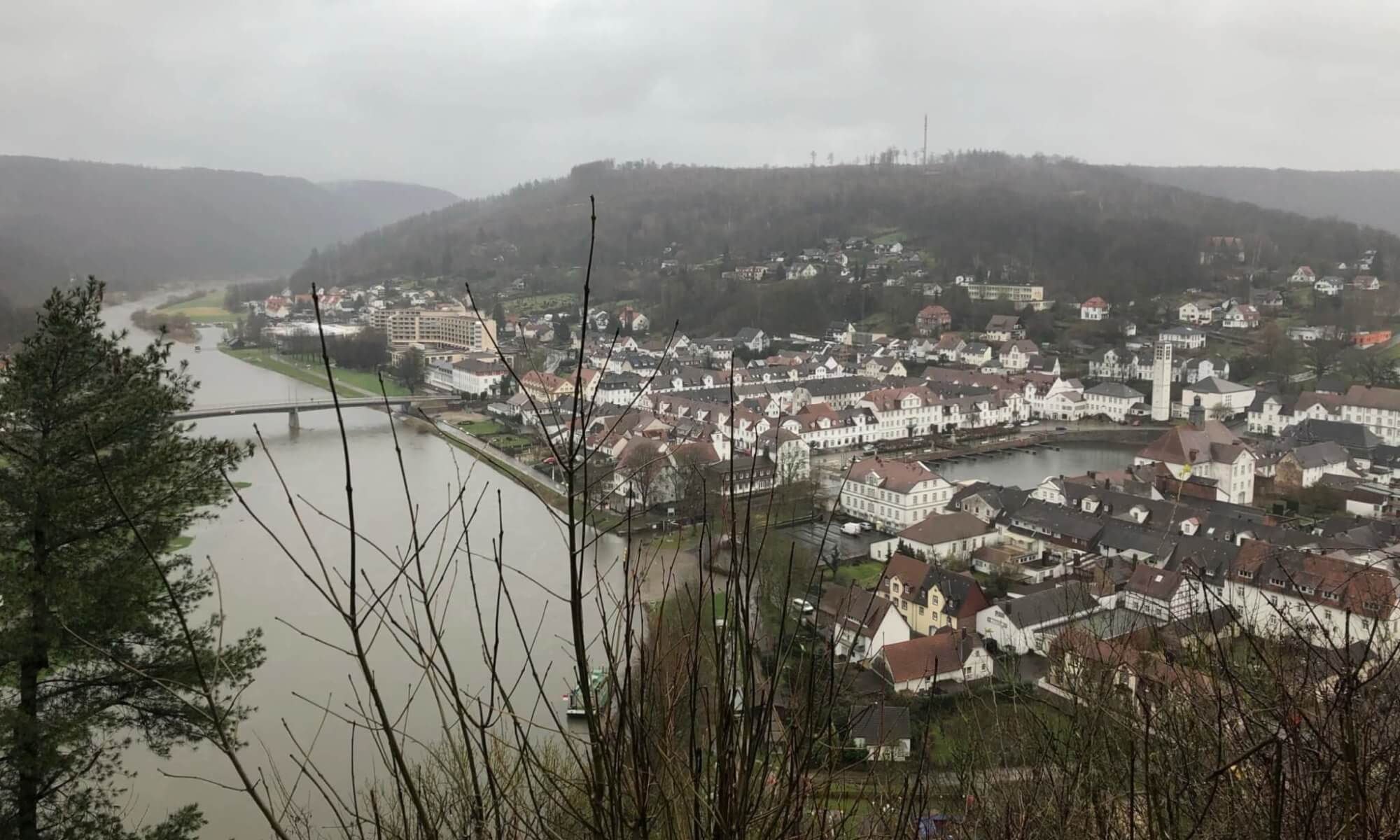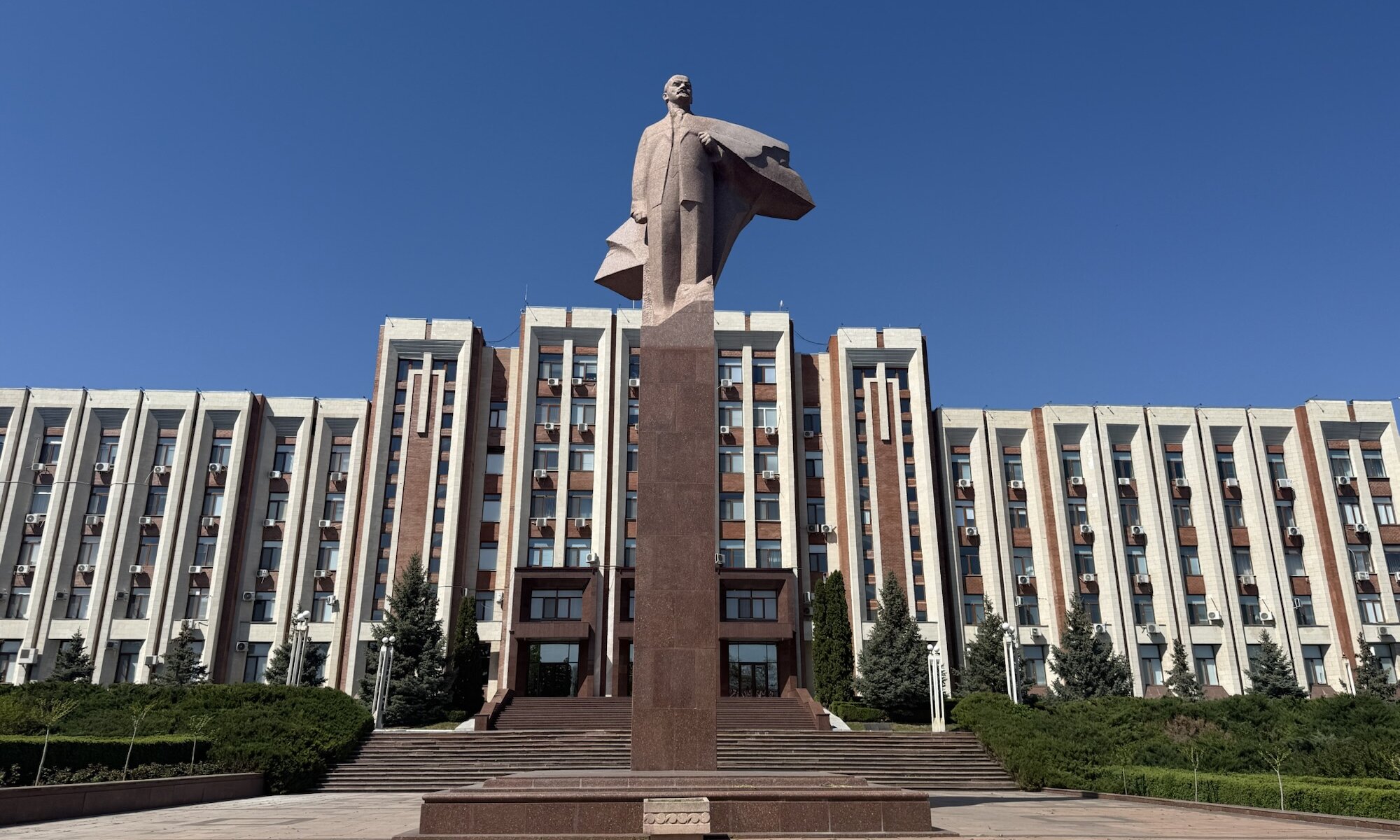Tiraspol, the second-largest city in Moldova and the capital of the breakaway region of Transnistria, has a rich history dating back to the late 18th century. The city was founded in 1792 by Russian generalissimo Alexander Suvorov, who is considered the founder of modern Tiraspol. It was established as a fortress to guard the western border of the Russian Empire near a Moldavian village named Sucleia, and was granted city rights in 1795. Throughout its history, Tiraspol served various administrative roles, including being the capital of the Moldavian Autonomous Soviet Socialist Republic from 1929 to 1940. After the collapse of the Soviet Union, Tiraspol became the capital of the self-proclaimed Republic of Transnistria, which has had its own state administration since 1991 but is not internationally recognized.
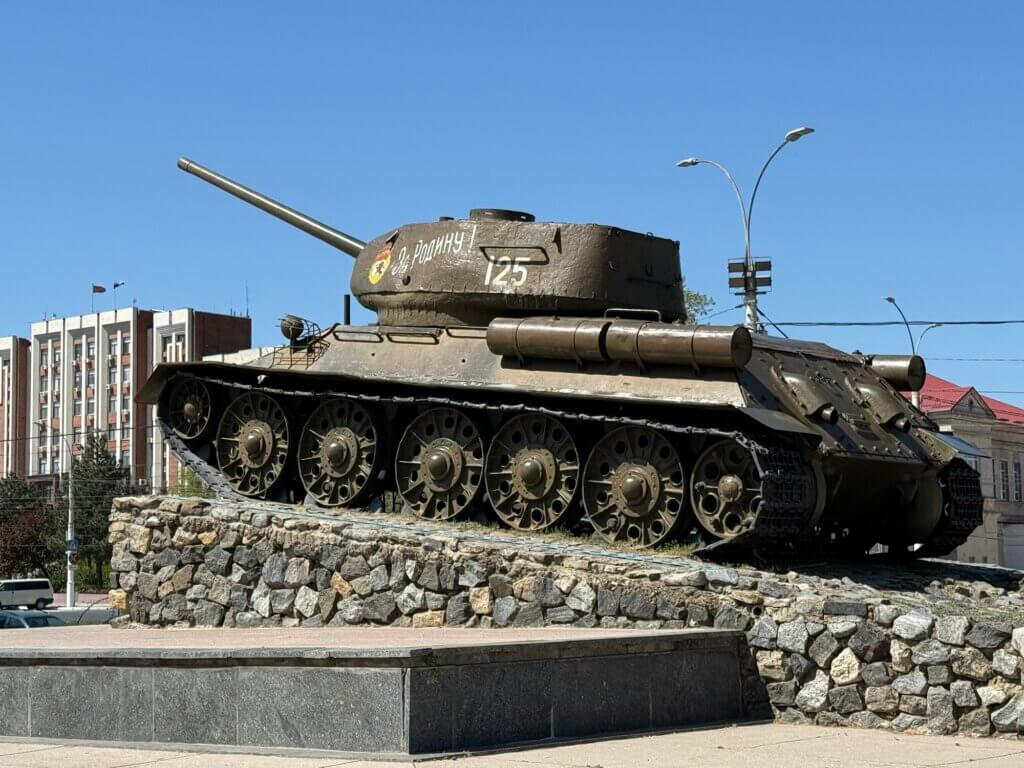
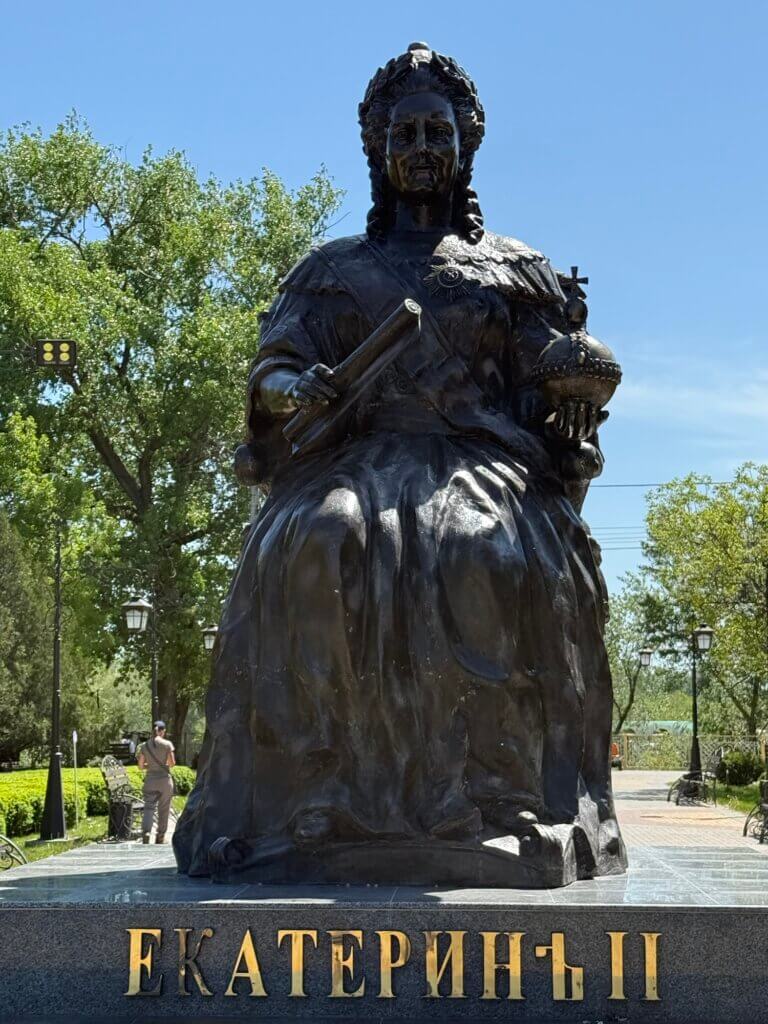

The city of Tiraspol retains much of its Soviet character, making it a fascinating destination for those interested in Soviet-era history and architecture. Often described as a ‘living open-air museum of communism in Europe’, Tiraspol suffered significant damage during World War II, so visitors won’t find ancient monuments but rather impressive Soviet-style buildings and monuments. The city is well-industrialized, producing wines, spirits, foodstuffs, textiles, carpets, glass, furniture, and electrical equipment, with the famous Kvint brandy factory being one of its notable enterprises.
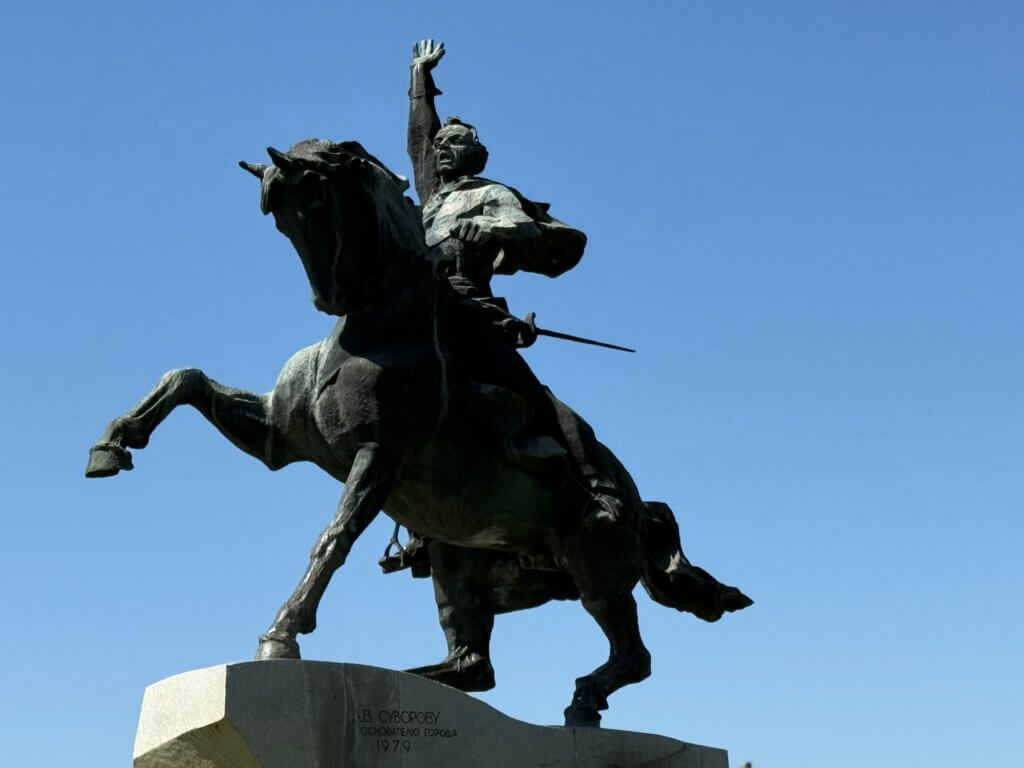

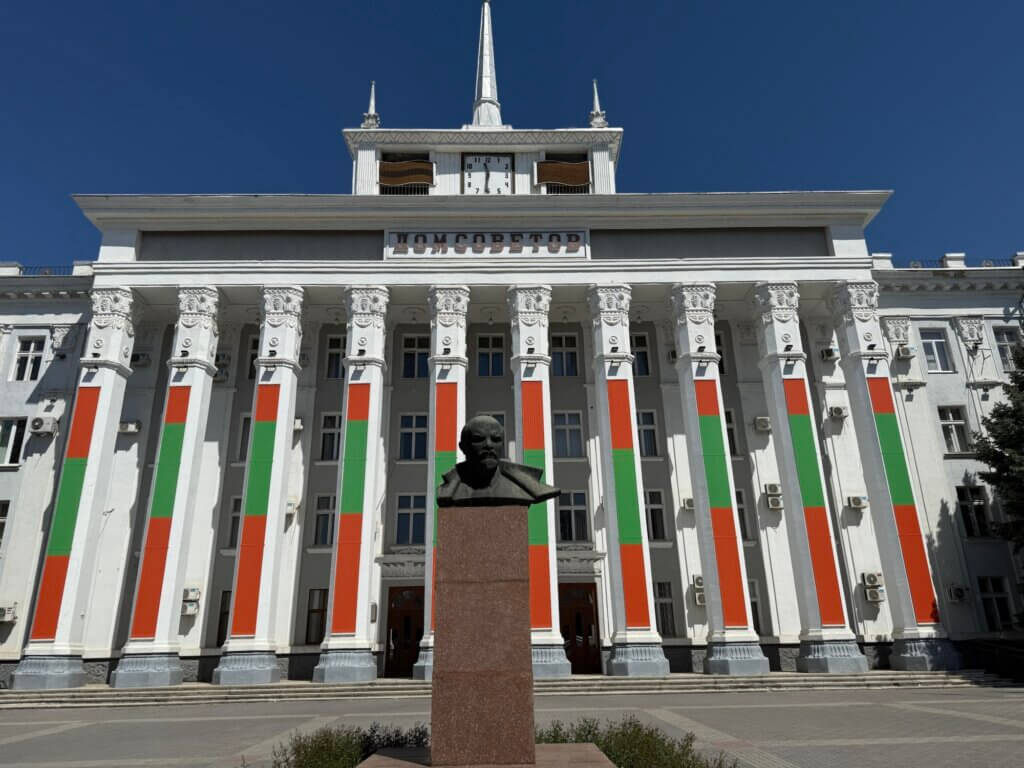
For visitors to Tiraspol, there are several must-see attractions. The Suvorov Monument, dedicated to the city’s founder, is a central landmark and an excellent starting point for exploring the city. The House of Soviets, a striking example of Soviet-era architecture featuring a large Lenin statue in front, is another impressive sight. Most interesting objects and monuments can be found along 25 October Street.
Tiraspol / Тирасполь
Transnistria / Pridnestrovie / Pridnestrovian Moldavian Republic
Loading map...

